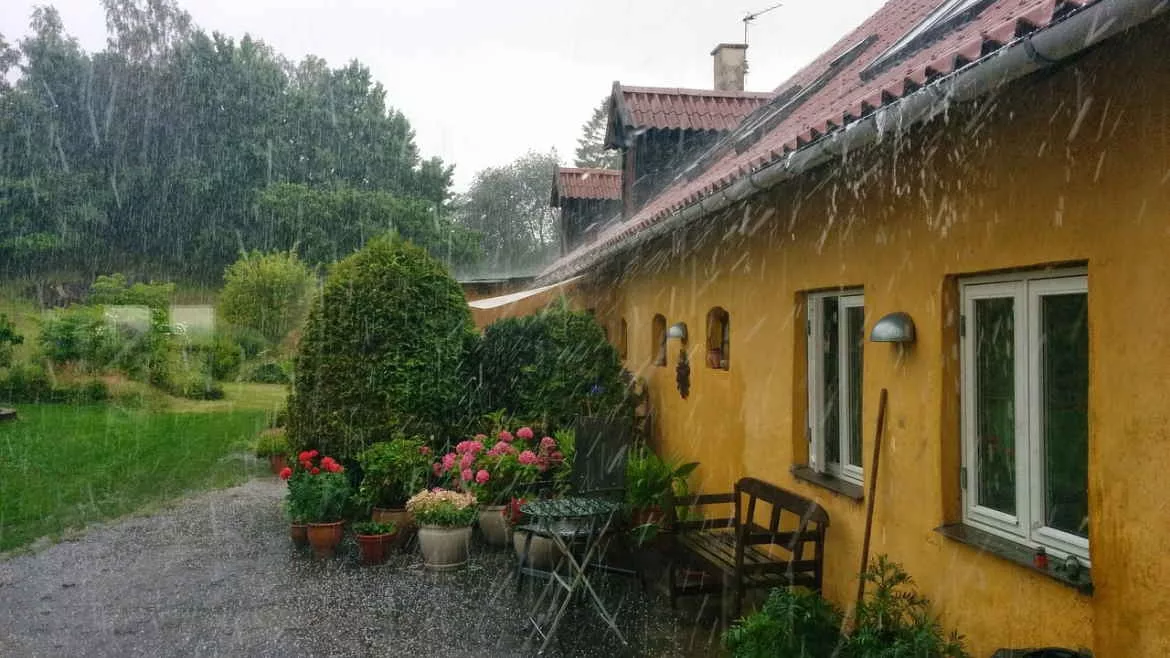Mistakes Roofing Contractors Make When Working with Insurance Companies

Working with insurance companies can be a frustratingly slow bureaucratic process for many roofing contractors. They can slow down a job and often don’t give you the resources to fix a client’s roof. However, many roofing contractors could be doing more to help their clients by taking the time to fix some of the ways they deal with insurance companies.
Understanding how roofing claims work will help you fix mistakes, build stronger relationships with insurance companies, get paid faster, and most importantly make the client happy. Here are some of the biggest mistakes roofing contractors make when dealing with insurance claims.
The Burden of Proof is on You
If there is one lesson I want every roofer to understand it is this one. The insured has the duty to prove a loss. Said differently, the insurance adjuster has no responsibility to find damages. This makes perfect sense if you think about it. If it were not this way, then insurance companies would in effect be negotiating against themselves. This is not how insurance policies work. Roofers not understanding this simple fact is the most common mistake they make when dealing with insurance companies and they don’t even know they are doing it.
Contractors do not understand that the insurance company is not obligated to prove a loss and this simple concept drives everything in the industry. The way the process normally works is an insurance adjuster (and/or ladder assist) comes out and the roofing contractor takes a passive approach and allows the inspector to take control of the process. In reality, the roofer should be driving the whole conversation by showing the inspector the damage you found.
Hoping the onsite insurance representative accurately assesses the damage on a roof is a backward approach. It is like being the plaintiff in a civil court case and asking the defense to represent you. Roofers see the representative as an authoritative figure, but the reality is that they are there to look at what you have to show them and consider your expert opinion.
Help them accurately assess the damage done to your client's roof and what you need to fix it.
No Documentation and No Notes
When dealing with an insurance representative onsite, it is important that roofers take notes and document every part of the conversation. Under-documentation is a frequent mistake roofers make and it hurts your ability to advocate for your clients. Take note of any damages to the roof in writing and with photo documentation. Don’t just rely on the adjuster to take pictures and notes, you should take your own. Oftentimes insurance adjusters approve roof work on re-inspection, so take notes and bring the highest level of evidence the first time so you don’t have to waste time on re-inspects.
Don’t let the onsite insurance representative be the only person taking notes and photos. They may take 150 photos, but you have no idea which of those get sent to the insurance company. Collect the evidence and show them the damages and issues you found.
Everything that you document one-to-one with the adjuster should then be sent in by you, or the insured, the same day the inspection occurred. If you rely on the onsite representative’s evidence, you may find yourself with a denied claim. Due to evidence being under collected by the insurance company’s on-site representative it is common for the assigned desk adjuster or claim manager to not see the same thing you did. So, take it upon yourself as a contractor, and the expert on-site, to send in the evidence you collected.
Not Receiving Positive Affirmation – Know That You Know
Many roofing contractors just assume they are on the same page as the insurance adjuster, meaning they often don’t get confirmation that specific items are, in fact, approved. Many times, the approval of the entire roof replacement is not confirmed prior to leaving the on-site meeting. While conducting an inspection with the onsite representative you need positive confirmation. This means having the adjuster clearly tell you they agree with the scope of repairs that are needed as well as clearly stating that they are paying for it. Get that positive confirmation verbally and in writing. Adjusters are busy and forget to include items discussed on-site. Having that positive confirmation assures everything is accounted for in the claim approval.
Recap the meeting on site and recap everything they directly affirmed and ask them to get that confirmation via email. Positive confirmation in writing makes a big difference because you want a clean black-and-white statement at every step of the process. It lets everyone know that they see and agree on the same damages. Sometimes adjusters may not want to provide that information directly to the contractor. If this is the case, then ensure the homeowner directly asks the adjuster for written confirmation.
Your Photos May be Working Against You
Good photos are key to getting an insurance company to approve a claim on a damaged roof and many roofers fail to take good photos. If you are trying to accurately illustrate something such as hail damage, you want to take more than just a single down-angle, close-up shot. Instead, run at least a three-image set. The three images you want to always capture are: the Context Shot, the Close-up Shot, and the Perspective Shot.
The Context Shot provides the information of what it is you are taking a picture of and, in general, where it is located. For example, if you are taking a picture of an HVAC unit, step back a bit and frame the unit such that you can see it fully and where it’s located in relationship to the home.
Then step forward to take the Close-up Shots. These shots provide unobstructed close-ups of the claimed damages. Unfortunately, dents, dings and indentations aren’t always represented well with a straight on close-up shot. Think about when you are observing hail damage in the roof of a car. How would you look at that? Stand directly above it and look straight down? Of course not. You would get down low and look across the roof’s metal surface, slightly adjusting your viewing angle back and forth until the light is across the hail damage just right. That’s when it becomes evident that you’re looking at a dent with dimension or depth.
The above perfectly describes how you would take the last image of your three-image set: the Perspective Shot. You don’t need a fancy camera to do any of this. Your phone camera will work just fine, but make sure you get enough pictures to tell the whole story.
Lastly, if you do everything right and they still deny the claim, always ask for a re-inspection. There is no downside to asking and many claims are approved on the second trip out.
Working with insurance claims can be frustrating and not understanding the process will prevent you from adequately fixing your client's roof. Take the time to learn the best practices for managing claims and how to best prove the damages to an insurance adjuster. Doing so will help you better serve your clients and fix their roofs.Looking for a reprint of this article?
From high-res PDFs to custom plaques, order your copy today!






